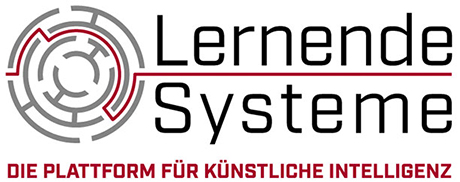
Ms Schmidt-Rumposch, what added value do AI applications offer for organizational processes in hospitals and medical practices?
Andrea Schmidt-Rumposch: Artificial Intelligence can improve organizational workflows in hospitals and medical practices and thus relieve the burden on healthcare professionals. Up to 25 percent of the working time of doctors and nurses is spent on organizational activities. There is enormous potential here to enable healthcare professionals to spend more time on direct patient interaction and care through more efficient administrative processes and workflows using AI. This in turn leads directly to an improvement in the quality of care.
Examples include AI solutions for staff scheduling, material requirements and documentation. Digital appointment management enables real-time information about scheduled appointments - translated into various languages if required. This type of patient service creates transparency for everyone involved. AI applications for organizational processes have the advantage that they can be implemented economically in the short and medium term. The resulting process improvements can in turn form the basis for increased implementation of AI in clinical processes. After all, there is a high added value here too. An example from the care sector: the KIADEKU project funded by the BMBF aims to use digital image analysis to differentiate between pressure ulcers and incontinence-associated dermatitis; both types of wound are visually very similar, but require very different treatments. Care professionals are therefore supported in the analysis and documentation by automated recording of wound criteria, e.g. wound size, redness, etc., which can lead to a reduction in complications and time savings.
What hurdles do healthcare facilities that want to introduce AI systems face?
Andrea Schmidt-Rumposch: In order to fully exploit the potential of AI, the digitalization of the healthcare sector urgently needs to be driven forward. Germany is still lagging behind internationally. The most obvious challenges arise from the (lack of) data availability, compliance with ethical standards and data protection issues when using sensitive health data.
A real-time capable IT infrastructure is required to make AI solutions technically possible. Integrating the technology into existing systems incurs costs. Necessary training must also be taken into account. It is sometimes difficult to directly quantify the risk minimization gained through training and further education or in quality and risk management. In order for patients and healthcare professionals to benefit equally from AI solutions, these must be tailored to the actual needs of employees, meaning that process analyses and optimizations involving those working on site are necessary.
What needs to be considered to ensure that employees and patients also benefit from AI applications?
Andrea Schmidt-Rumposch: AI technologies can only achieve significant improvements in process management and ultimately in the quality of care if the perspective of those who are directly involved in patient care is also heard. It is therefore imperative that healthcare professionals are actively involved in developments and not just in implementation. To this end, they must have the necessary skills to deal with health data and AI recommendations in a critically reflective manner, interpret them on a case-by-case basis and ultimately take responsibility for assessing them. At best, the development of these digital and AI skills takes place across professional groups. Forums for mutual exchange should supplement structured interprofessional training and continuing education.
Patients need to be able to make informed decisions about the use of digital tools. The benefits and risks must be made clear to them. Moreover, they should not only be seen as users of an application - they can and must also be active players in the targeted development of AI applications. At Essen University Hospital, for example, our Institute for Patient Experience offers structured involvement.
Medicine and care should always be value-based and centered on people - the use of AI technology is no exception.
Detailed expertise on the potential and challenges of AI in organizational processes in medicine and care can be found in the white paper 'AI for better processes in medicine and care' (in German) published by Plattform Lernende Systeme.
The interview is released for editorial use (provided the source is cited © Plattform Lernende Systeme).
